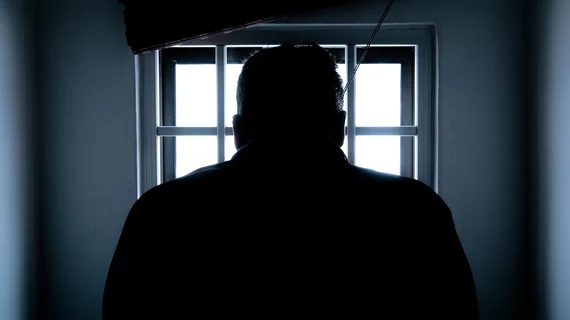Murderer's fate hinges on 2 different interpretations of his brain scans
A radiologist’s testimony could deconstruct a legal team’s argument that their defendant had a brain tumor that might have affected his behavior when he shot and killed five women in a Florida bank in 2019.
Marc Glickstein, MD, a diagnostic radiologist with over 30 years of experience who currently practices at Penn Medicine, was called to the stand during the penalty trial of Zephen Xaver, who pleaded guilty to the crimes in 2023. Glickstein provided his professional opinion regarding brain imaging Xaver had done for nonmedical reasons during his trial in 2023.
Mark Rubino, MD, a neurologist who practices in Naples, Florida, had Xaver undergo three different MRI scans in 2023 as part of the murder trial. Rubino testified that he discovered a small tumor in the area of the brain that handles auditory processing, and that that tumor’s presence could substantiate Xaver’s claims that he was hearing voices at the time of the murders. Local news outlets report that Rubino told the courtroom he believed Xaver’s tumor was a glioma.
However, Dr. Glickstein refuted those claims last week, stating that the area in question was not indicative of malignancy.
“This has a very benign appearance. It’s totally non-specific,” Glickstein said. “You see things like this very frequently; in fact, on a daily basis. It does not have the appearance of a tumor.”
The defense also used an MRI exam done on Xaver’s brain in 2013 as a result of a head injury he sustained while playing football. Comparing both sets of imaging, Rubino determined that the tumor had grown since it was initially discovered. But Glickstein again shot down those claims, citing different scan parameters and image sizes (3 vs 5mm slices) that explain the perceived change in the area of interest.
Glickstein also spoke on the absence of atrophy on imaging—something Rubino had mentioned was present. Glickstein said there was no noticeable scar tissue on Xaver’s imaging either, contradicting more of Rubino's testimony.
Xaver has a well documented history of mental health struggles. In his penalty trial, his defense lawyers argue that his actions in 2019 were owed to those struggles, which could be rooted in physiological alterations, like a brain tumor, that are beyond his control. As such, they postulate that his actions do not warrant the death penalty.
The trial resumes this week.
Click the link below for more:

